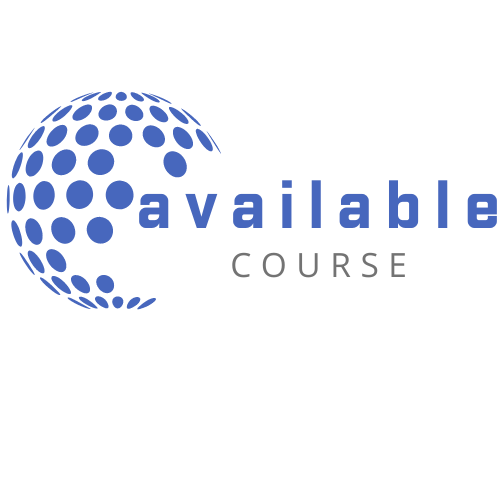Autism Spectrum Meltdowns Effective Interventions for Sensory, Executive Function and Social-Emotional Communication
Download Autism Spectrum Meltdowns Effective Interventions for Sensory, Executive Function and Social-Emotional Communication on Avaicourse.com
This course is available immediately. Please contact us at avaicourse17@gmail.com with the best service for more detailed advice.
Description:
Sensory and Visual Environments
Sensory evaluation: Asking the right questions
Large motor skills, fine motor skills, eating, hearing, smell, touch
Creating a sensory friendly environment
Impact of sensory dysfunction on learning, behavior and social interaction
Executive Function (EF)
Impact of EF on daily life
EF manifestations seen in meltdowns
Strategies to limit consequences of EF
Social/Emotional Communication
Common pitfalls in communicating with individuals with autism
Communication differences with autism
Impact on learning, behavior and social interaction
Strategies to help facilitate communication
Anxiety to Meltdown
Recognizing the triggers
What does a meltdown look like?
What a person with autism experiences during a meltdown
Common behaviors seen in meltdowns
Meltdown or tantrum?
Effective Behavioral Interventions Based on the S.C.A.R.E.D. Model
Behavior as a form of communication
Inappropriate interventions … What never to do
Appropriate strategies to de-escalate the situation
Intervention in the school system
Creating a personalized intervention/crisis plan
Get Autism Spectrum Meltdowns from Deborah Lipsky on Salaedu.com
Description:
What causes the unusually strong reactions of a meltdown?
Can you see it coming?
Is it a meltdown or a tantrum?
Is it willful, manipulative behavior?
Is ‘Fight or Flight’ the only option?
Individuals on the autism spectrum often react very strongly to seemingly minor changes in routine, patterns, food, clothing, noise, and a host of other environmental factors. Understanding and recognizing personal triggers will be a major benefit in developing a plan for yourself or individuals you work with to lower the levels of anxiety and avoid a catastrophic reaction.
Deborah Lipsky, M.Ed., presents a rare and unique perspective from someone who lives with autism every day. Through a combination of personal experiences with professional knowledge she will offer you a rare glimpse into the neurological processing differences of an individual with autism and explain the physical and mental processes of a meltdown. You will participate in interactive exercises where you are “autistic” for a moment to gain a greater appreciation of the challenges individuals with autism face. You will learn how to recognize the differences between a meltdown and a behavioral tantrum and what can trigger a meltdown. You will walk away with effective intervention strategies to use before, during, and after a meltdown.
FITNESS – HEALTH – MEDICAL Course
More information about Medical:
Medicine is the science and practice of establishing the diagnosis, prognosis, treatment, and prevention of disease.
Medicine encompasses a variety of health care practices evolved to maintain and restore health by the prevention and treatment of illness.
Contemporary medicine applies biomedical sciences, biomedical research, genetics, and medical technology to diagnose, treat, and prevent injury and disease,
typically through pharmaceuticals or surgery, but also through therapies as diverse as psychotherapy, external splints and traction, medical devices, biologics, and ionizing radiation, amongst others.
Medicine has been around for thousands of years, during most of which it was an art (an area of skill and knowledge) frequently having connections to the religious and philosophical beliefs of local culture.
For example, a medicine man would apply herbs and say prayers for healing, or an ancient philosopher and physician would apply bloodletting according to the theories of humorism.
In recent centuries, since the advent of modern science, most medicine has become a combination of art and science (both basic and applied, under the umbrella of medical science).
While stitching technique for sutures is an art learned through practice.
The knowledge of what happens at the cellular and molecular level in the tissues being stitched arises through science.
More Course: FITNESS – HEALTH – MEDICAL
Outstanding Course:Andrey Lappa – Approaching Universal Yoga Practice 1 – 4
Course Features
- Lectures 0
- Quizzes 0
- Duration 50 hours
- Skill level All levels
- Language English
- Students 0
- Assessments Yes
